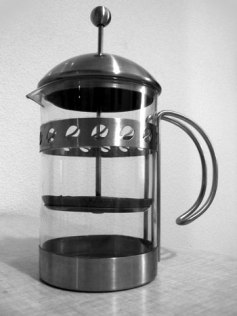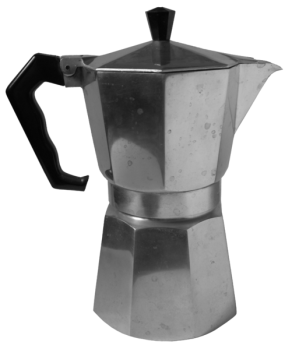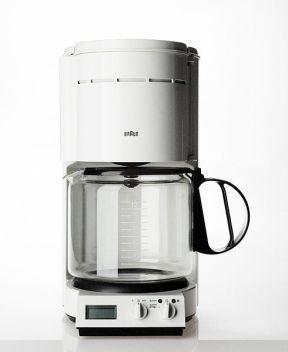It’s a dangerous world out there, folks.
Coffee is a touchy subject for most self-declared foodies. Everybody has their preferred method, and everyone swears that theirs is the unquestionably best source of that delicious black liquid. “It’s smoother.”-“It’s burnt!”-“Fine grinds only.” It seems that if you don’t have an opinion on coffee, that you must be the lowliest piece of filth on planet earth; as unsophisticated and out-of-place as Larry the Cable Guy in Downton Abbey.
It’s ok. Breathe. Just read this simple guide and you will have enough knowledge about coffee and how to make it to barely get by in a room full of uber-caffeinated hipster people. You might also find a preferable brewing method that fits your lifestyle, which I guess the whole point of this thing. Anywho, follow me!
The French Press
For the purpose of this post I will be highlighting the various strengths and weaknesses of several of the most popular ways to brew coffee nowadays, and first up is the french press.
You’ve seen it at your artsy friends house, you may have even gotten one in a gift basket, but it’s an inherently odd machine and it looks nice on a shelf, so it is most often seen as a decoration rather than a kitchen appliance.
Here are some strong words for you. Make coffee with a french press, and then drink that coffee. You will either:
1)Enjoy it.
2)Not Enjoy it.
This is almost certainly a result of the type of grinds that you are using. French presses require very course grinds. The metal strainer which separates the coffee grinds from the delicious drink you know and love lacks the inherent keep-out power of your traditional coffee filter, causing small grinds to slip through the cracks and leave you with a rather clumpy cup’ o ’joe.
The Espresso Pot
If you have older european relatives, then you already know all about this next one. The espresso pot is the steam-punk looking metal contraption found rusting on just about every italian uncle’s stove-top.
This hunk of metal might resemble a piece of shrapnel from the millennium falcon, but I assure you it is capable of making some pretty damn decent espresso(without having to sell your organs to afford a top-notch machine).
The espresso pot uses extremely hot water vapour to release the delicious flavour of the coffee bean. This is very different from the direct hot water contact of the French press. This creates a deeper, distinctly more bitter flavour that can be enjoyed in its concentrated form or diluted into an Americano.
If you do decide to ask uncle Luigi for a whirl on his espresso pot, be warned, use an extremely low stove-top heat setting! Nothing tastes worse than sour, burnt-black espresso tar.
The Drip. The Good Old Drip.
Ah, the much-maligned auto-drip coffee maker. Your likely source of that morning java. You shutter at the thought of mentioning its use among you literary pals, and you feel the need to preface its serving with “It’s just normal coffee, you want one?”, or “I’m usually in a rush so I just press a button and go.”.
Fear not. Stand your ground! Who ever said that the auto-drip produced sub-par coffee can go back to hell where they belong!
Find a decent coffee maker, make sure it has a manual option for setting the brew temperature, buy some good beans, get bamboo filters, and brew away.
Set your brew temperature to just below boiling! Many off the rack, cheaper machines will sacrifice time for temperature. Set an automatic timer so that your coffee is ready in the morning and you don’t have to do that dirty little deed.
Oh, and no salt. Just don’t do that.
In conclusion, every method of brewing coffee has its own set of advantages and annoyances. Don’t be afraid to experiment, try as many methods as you can, only then will you truly be sure which best suits your tastes and lifestyle.


